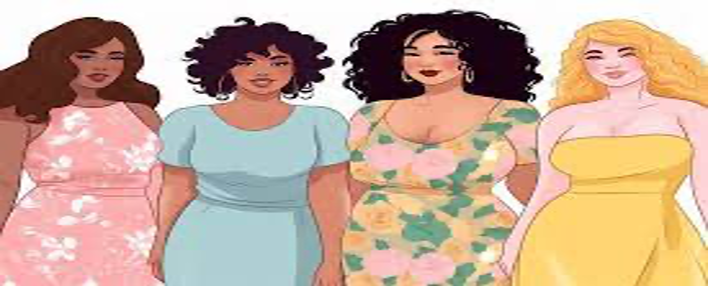Impact of Media on Fashion Among Teenagers
Introduction
The evolution of clothing styles is perpetual, and teenagers’ interest in clothing trends is nothing new. The way we conceive of and define fashion is constantly evolving. Teenagers’ reactions to this trending style are complicated (Rees-Roberts et al., 2020). In most cases, peer pressure plays a significant role in determining the decisions teenagers make regarding their appearance, the kind of friends they interact with, the use of drugs and substances, and their academic performance. Therefore, their fashion preferences vary depending on an individual’s personality of influence by others. This means teenagers can select a particular dress code to avoid peer embarrassment. Most feel that dressing cheaply or poorly may put off the friends they hang out with and lower their self-esteem. As a result, they do shopping tours and seek advice from their friends on how to dress for various occasions such as birthday parties.
Most adolescents have their personal sense of style shaped by the peers they spend the most time with. For most teenagers, social acceptance is a top priority. Most people imitate popular styles to boost their sense of self-worth. Teenagers rely on clothing trends for social support and confidence building. Therefore, the influence of media on teen fashion plays a significant role, especially with increased social media or digital platforms. However, the information can promote unhealthy habits among teenagers due to uncontrolled content on different social media platforms. The majority want to associate with media celebrities and imitate their behavior, which influences their fashion choice. Therefore, this essay will discuss how media negatively impacts teens’ fashion choices and also the positive impacts. Also, using hegemony, cultural commodity, and critical media studies as lenses, this essay will examine the media’s influence on teen fashion from various angles. The paper also recommends effective ways of promoting fashion that promotes positive outcomes among teenagers.
Argument 1
Although media plays a significant role in shaping the fashion industry, it promotes unreachable and unrealistic fashion standards among teenagers regarding their physical appearance, sense of fashion, or overall body image. Teenagers come from different backgrounds, defining their lifestyle as they grow up. Those who lack adequate resources or support may feel compelled to comply with a particular kind of life which may subject them to mental health challenges. Their self-esteem also goes down, and they also lose their self-value. Through the media, they can access different pictures showing the latest fashion styles and trends using different sources, including print periodicals, social media platforms, and different programs of televisions. This means the media tends to propagate a specific ideology regarding what constitutes attractiveness in fashion and style (Tiggemann, 2022). The media portrays idealistic visions regarding fashion and beauty, which most teenagers cannot achieve. The teens want to live to the propagated ideas to fit into the expected living standards among their counterparts. The idea, however, only gave false information as it is a business idea and meant for only a specific category of individuals. Therefore, teens should always get advice on effective ways of associating with their fellow teenagers even when they cannot meet the expected standards. Media plays a significant role in examining the cultural beliefs of particular groups and the standards that shape the lifestyles of people in that particular region using the ideal hegemony.
Often, the media will give a limited perspective on beauty and fashion controlled by a select number of influential persons and corporations. This results in forming a hegemonic culture that promotes the notion that particular aesthetics and modes of dress are more admirable than others. Also, the media uses the majority of fashion and beauty industries to purchase or sell commodities to generate income. Therefore, the idea feeds the teens with information that they should regularly purchase particular fashion and beauty commodities for remaining attractive. Such a culture also keeps updating the most recent trends in fashion and beauty, such as new clothes, accessories, and make-up. As a result, most teenagers purchase commodities they do not need to compare themselves with their friends or classmates(Tiggemann, 2022). They mismanage their finances which can as well push them to get involved in immoral behaviors to have their needs catered for.

Who Up
Order this paper